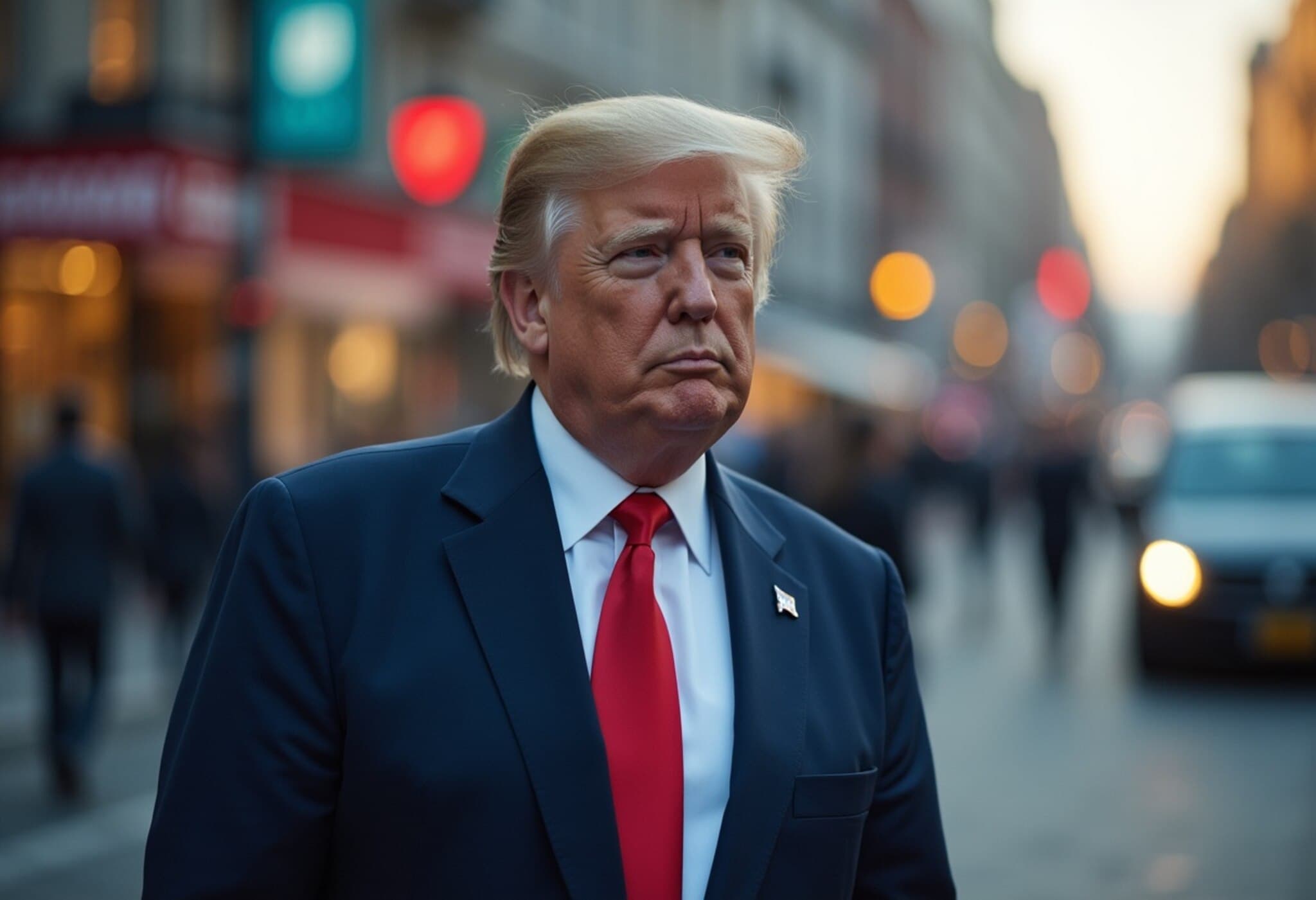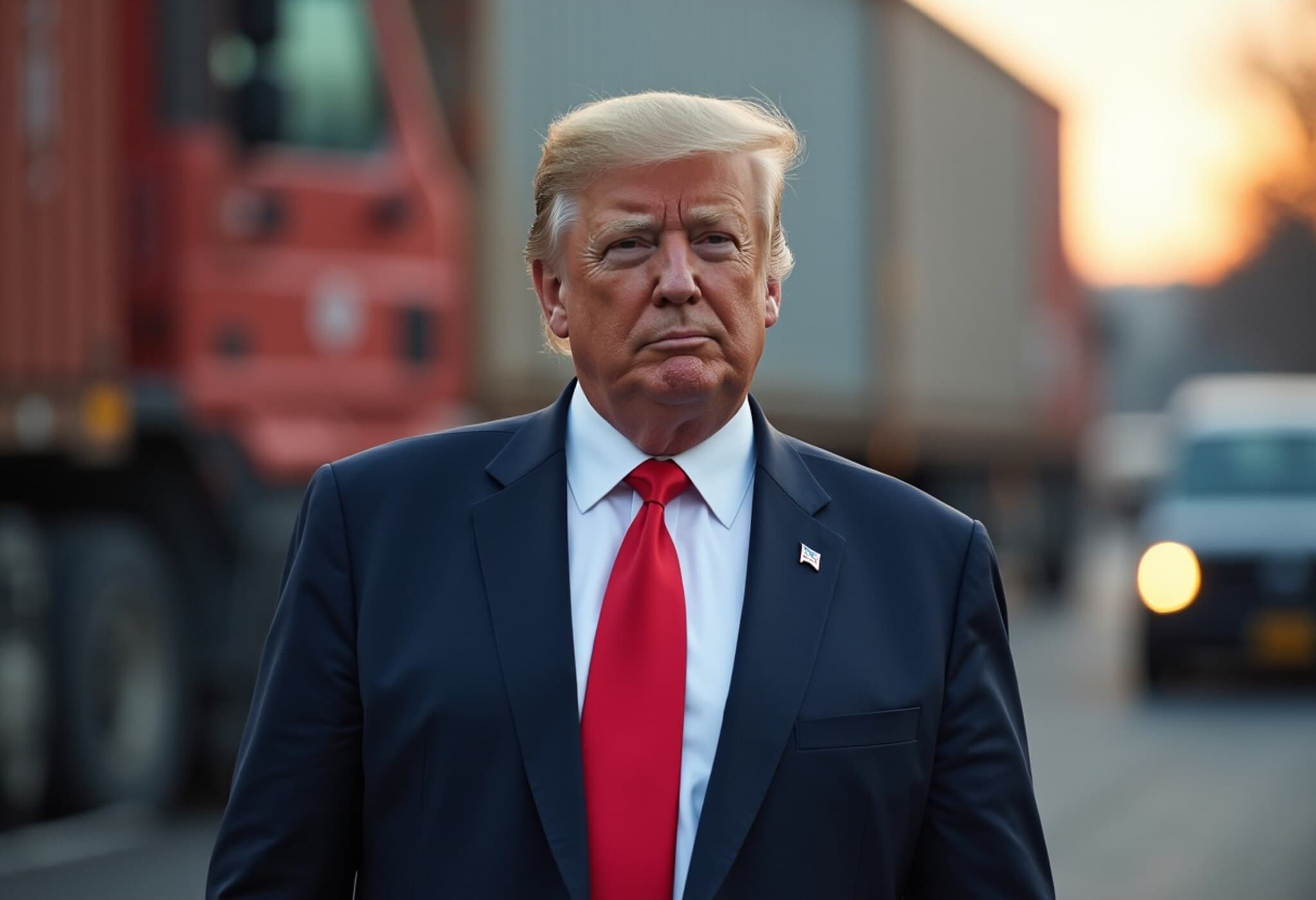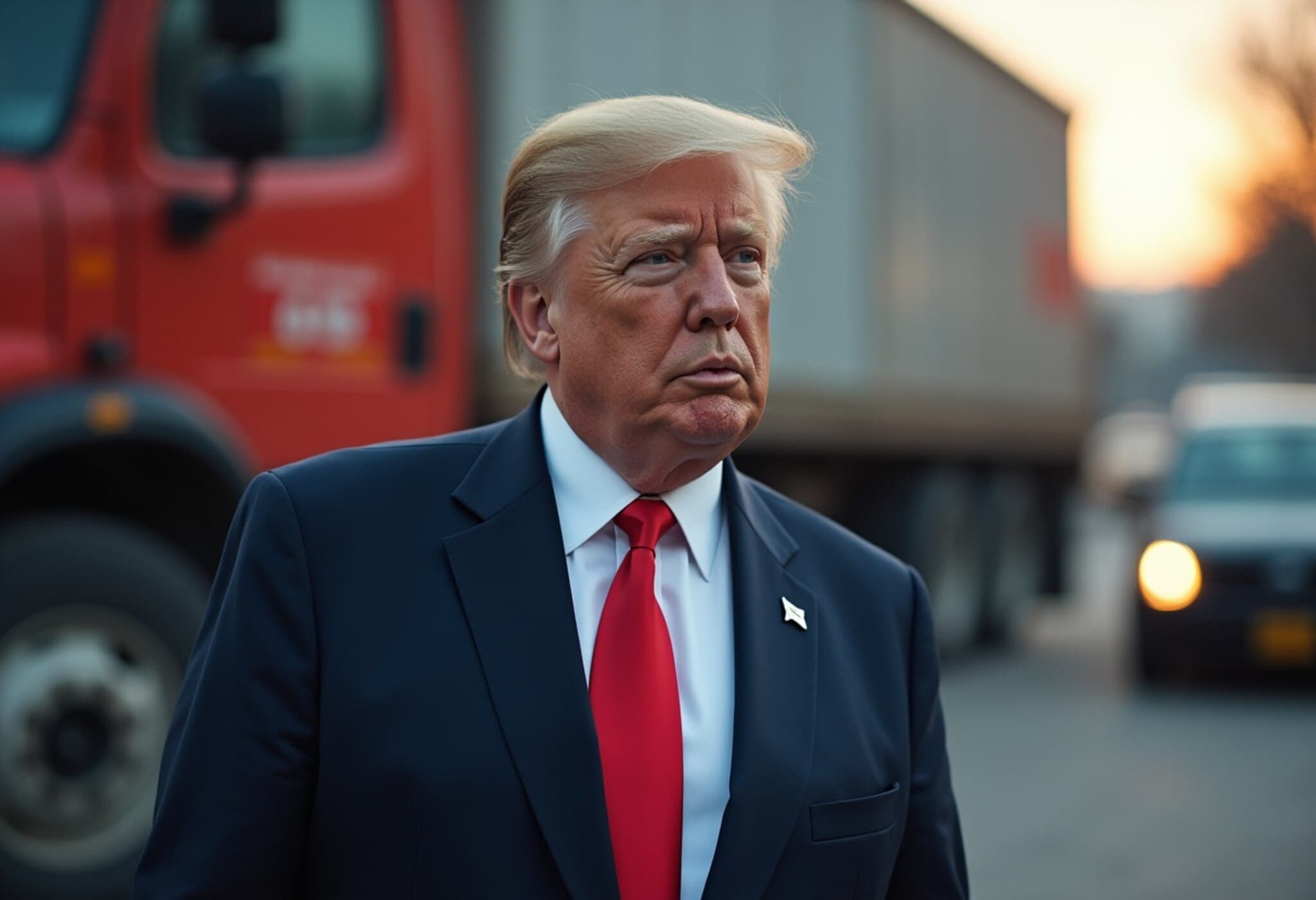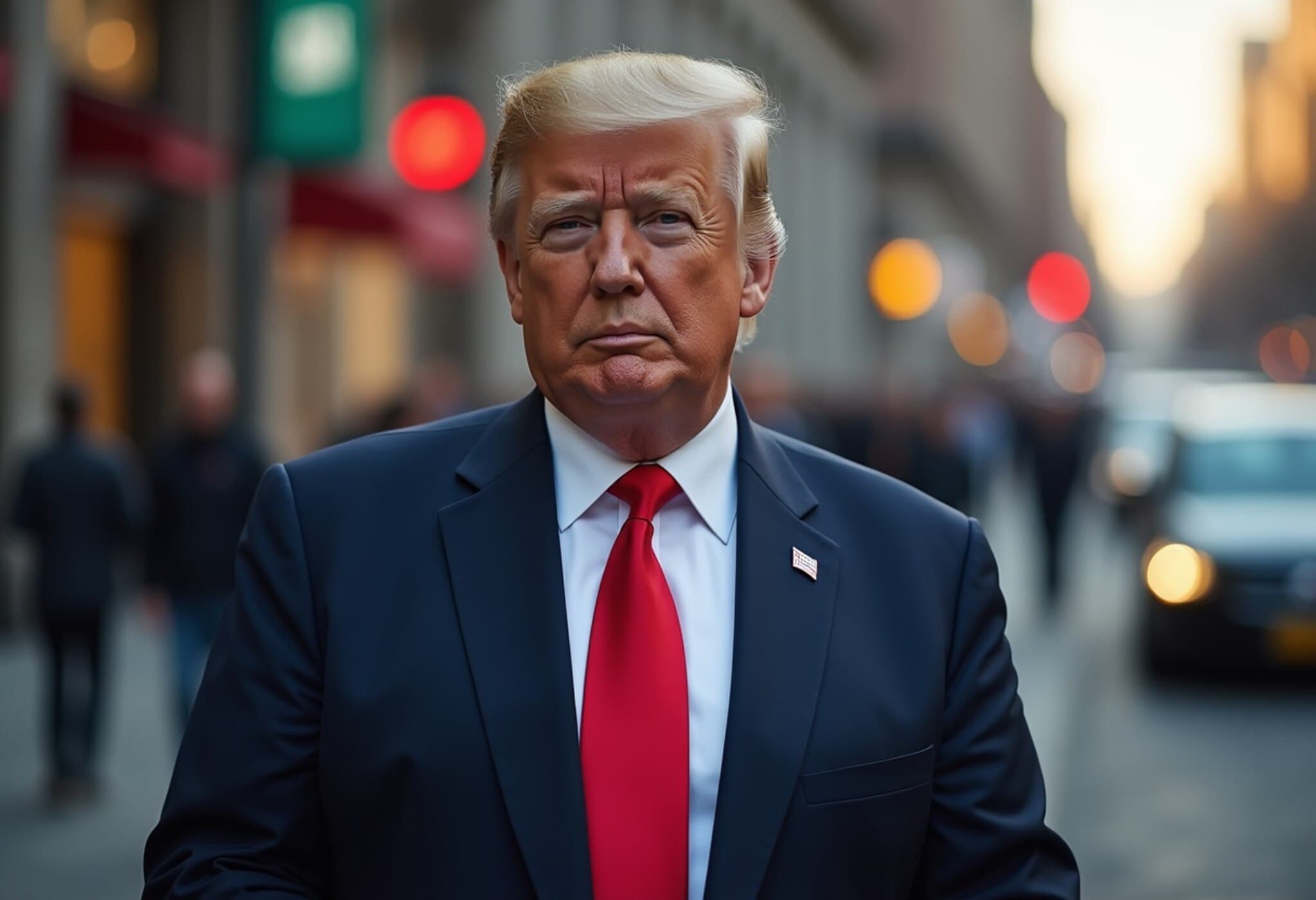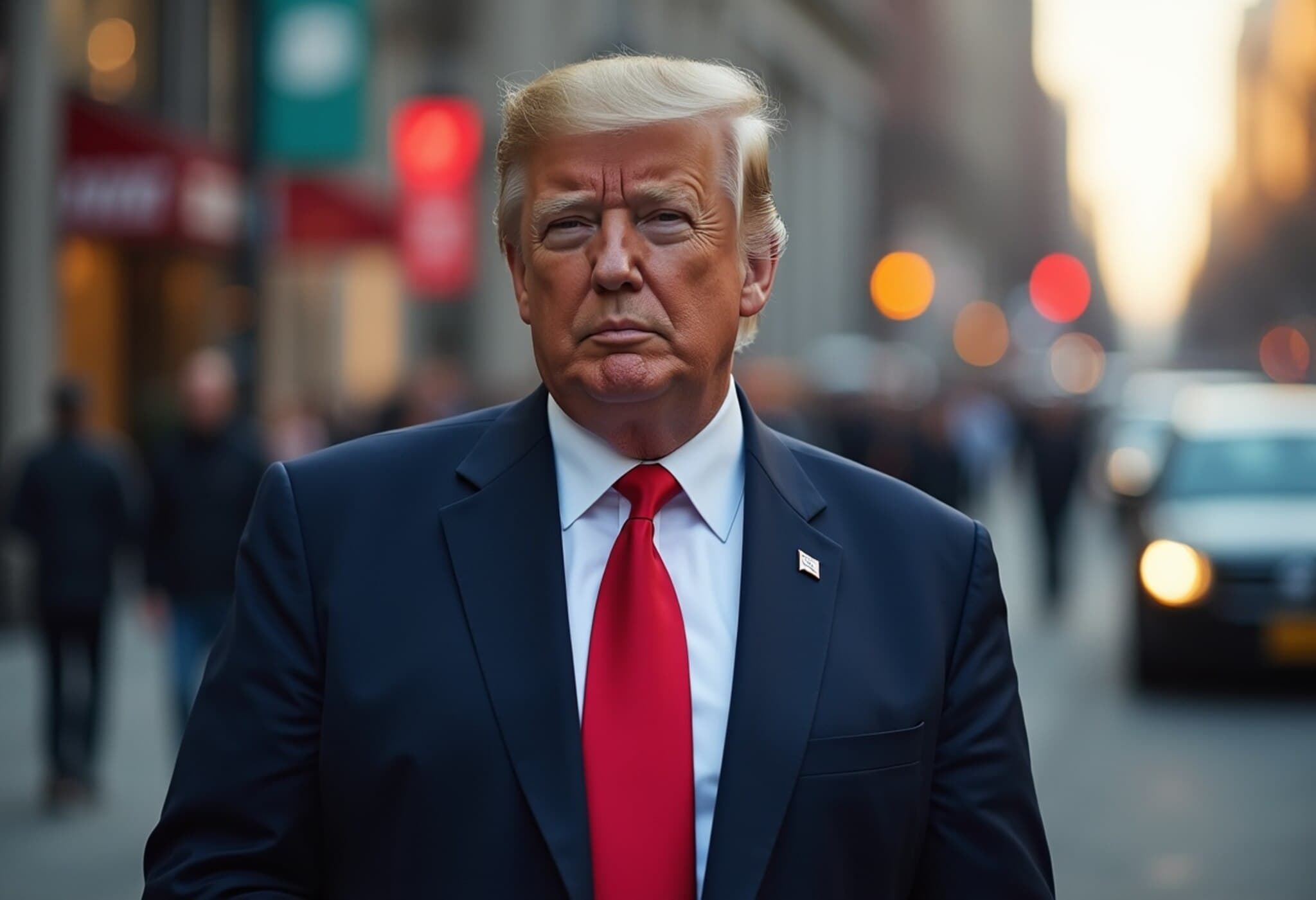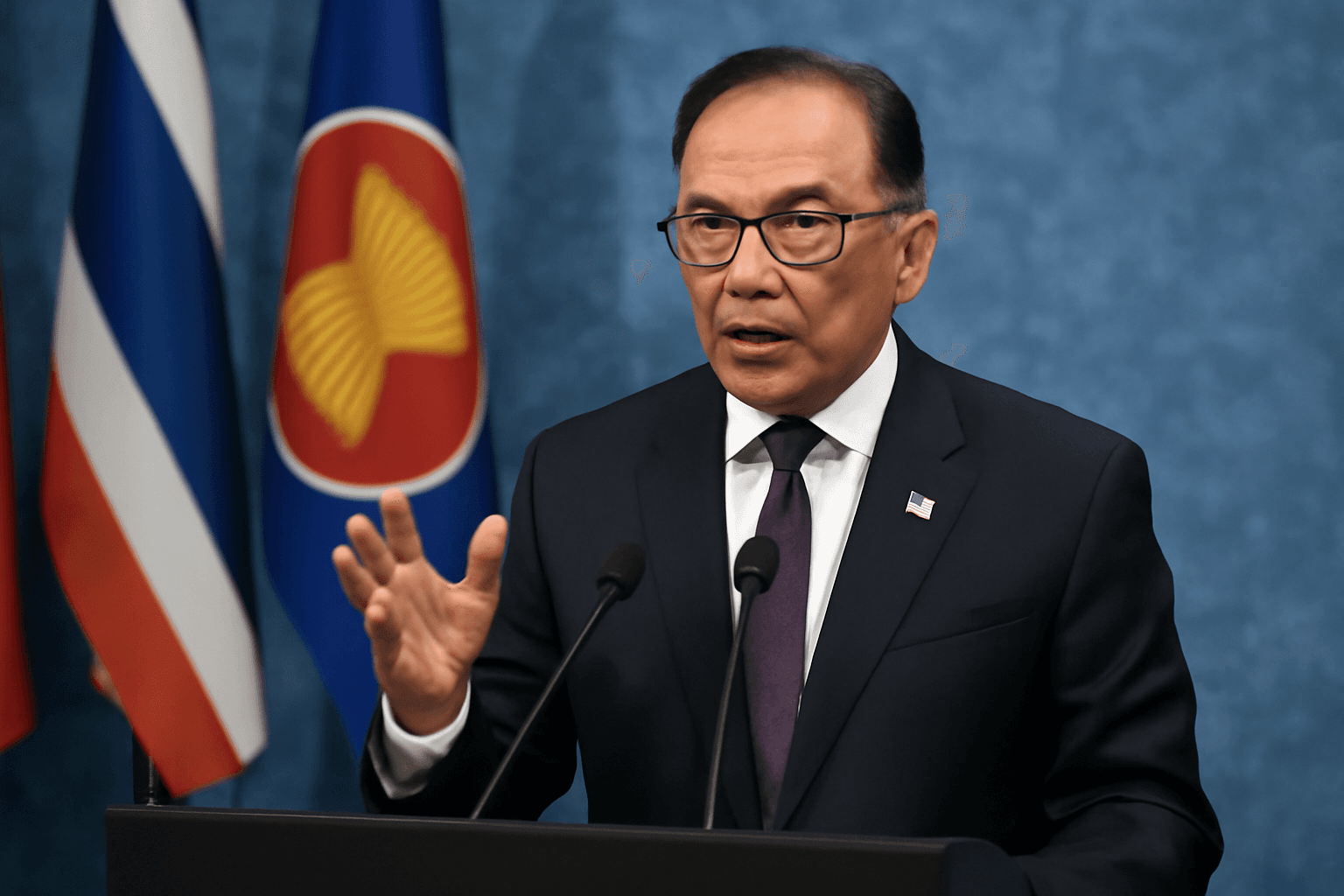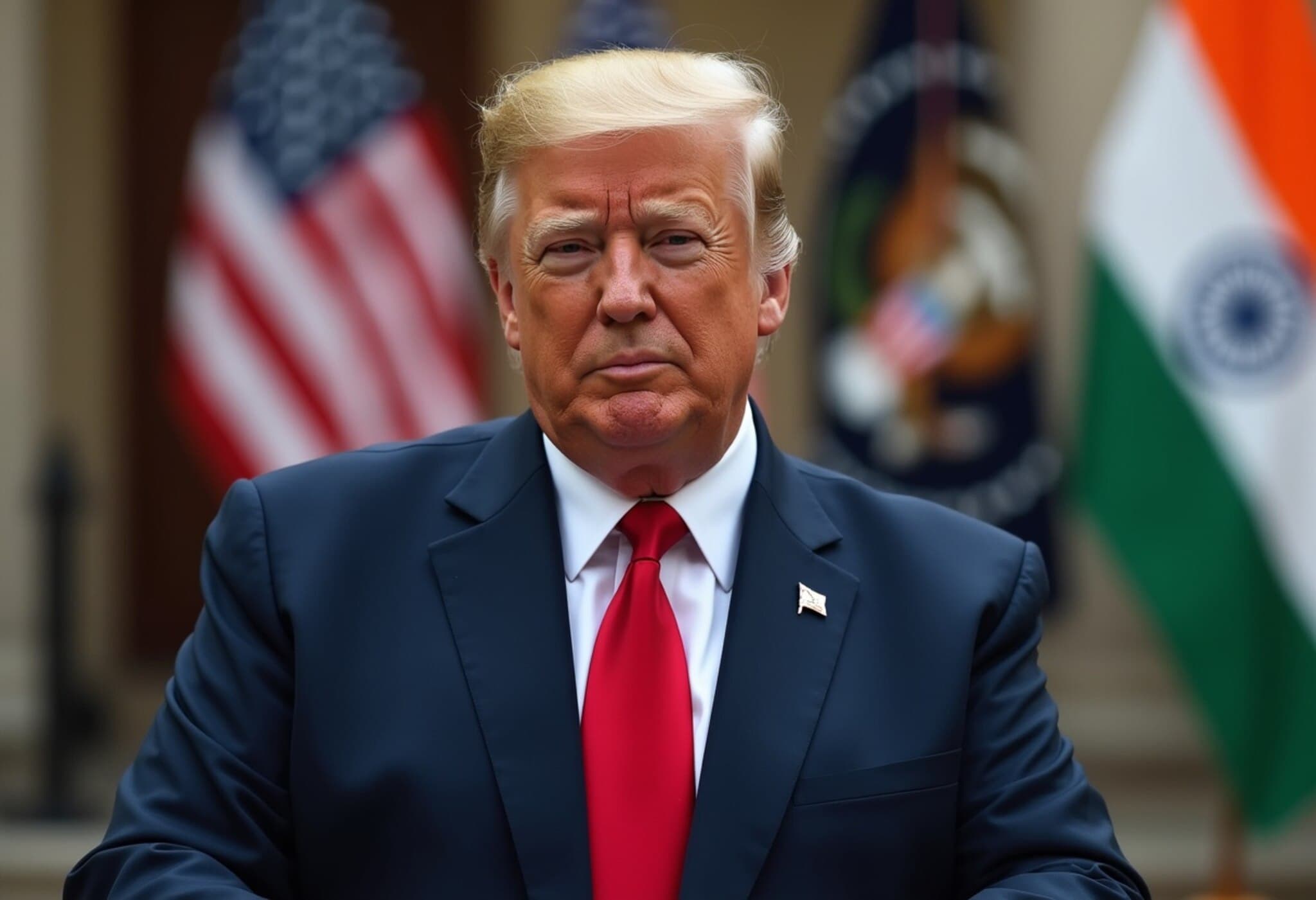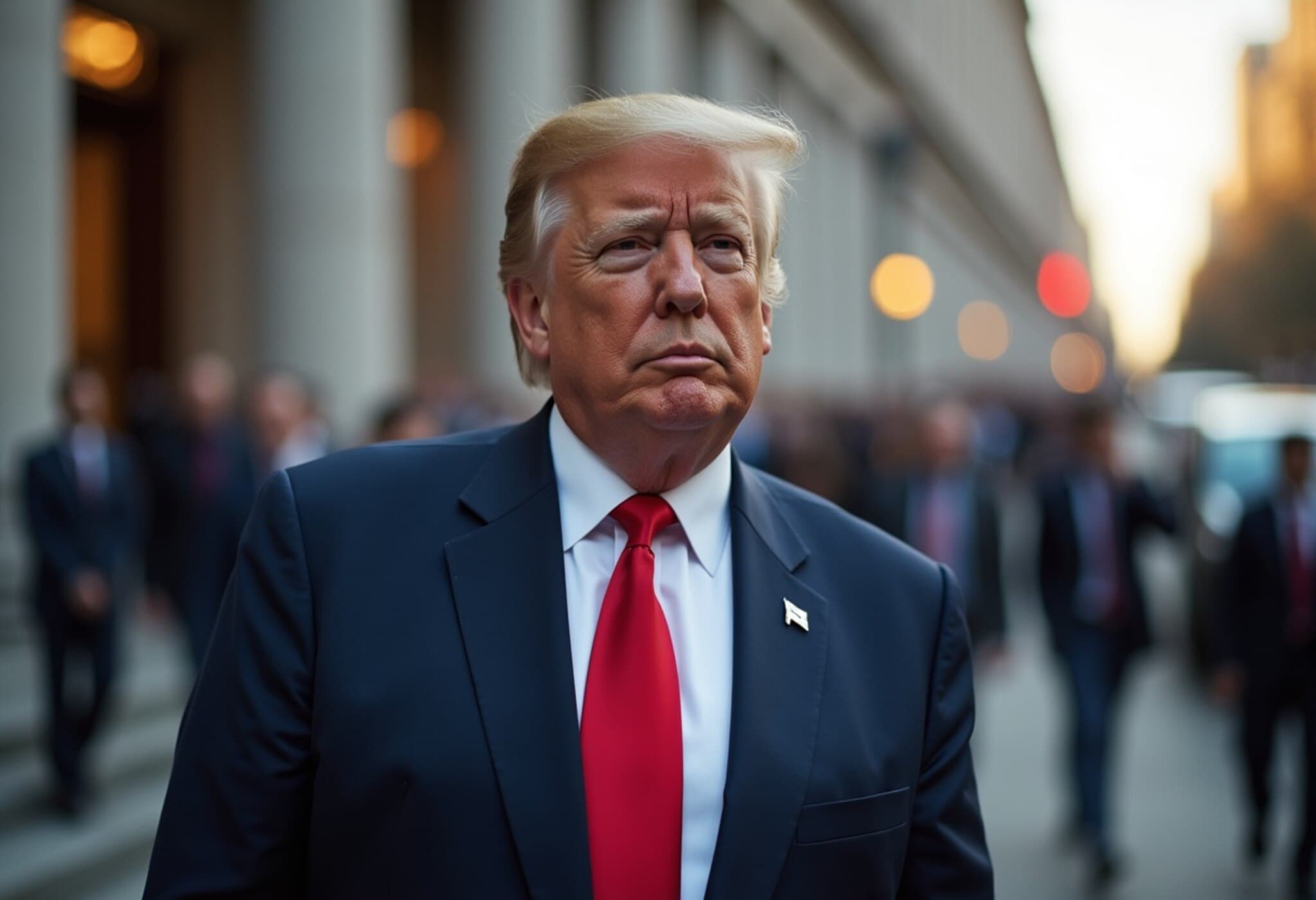Trump Administration Enacts Sweeping 50% Tariff on Copper Imports
In a bold move to bolster domestic manufacturing, President Donald Trump signed an executive order on Wednesday imposing a sweeping 50% tariff on all copper imports, intensifying his administration’s trade war stance. This comes as an extension of existing 50% tariffs on steel and aluminum, aiming to reshape the United States' trade landscape.
Immediate Market Impact: Copper Prices Plummet
The announcement triggered an abrupt market reaction: copper prices nosedived up to 18% during after-hours trading—their steepest single-day drop since 1989. Major copper mining stocks, including industry leaders like Freeport-McMoRan and Southern Copper, suffered significant losses, falling roughly 10% and 6% respectively.
This downward spiral reflects investor concerns over the rapid escalation of import costs and the potential ripple effects across multiple economic sectors reliant on copper.
Tariff Details and Effective Date
According to the White House announcement, the 50% tariff takes effect this Friday, aligning with the restart of other “reciprocal tariffs” on various imports. This coordinated enforcement underscores the administration's strategy of using import duties as leverage to correct perceived trade imbalances.
Government Rationale: Protecting and Revitalizing U.S. Industry
Officials argue these tariffs are essential to shield domestic industries from unfair foreign competition and to promote American manufacturing jobs. Copper, revered for its electrical conductivity and corrosion resistance, is critical in sectors ranging from construction and electronics to renewable energy infrastructure.
Economic Experts Raise Concerns Over Broader Implications
Economic analysts caution that tariff hikes on copper—a metal pivotal to multiple industries—could have unintended consequences. Products from household wiring to smartphones could see cost increases, potentially stoking inflationary pressures.
Furthermore, with copper being the world's third-most-consumed metal (behind iron and aluminum), and the U.S. relying on imports for nearly half its supply (largely from Chile), these tariffs could disrupt global supply chains and provoke retaliatory measures.
Trade policy experts fear that the cumulative effect of tariffs on steel, aluminum, copper, as well as ongoing probes into autos, lumber, and pharmaceuticals, might collectively slow down U.S. economic growth contrary to the administration's intentions.
Underreported Narratives: The Human and Industrial Impact
- Manufacturing Bottlenecks: Small and medium manufacturers dependent on copper might face higher operational costs, which can translate into job cuts or production delays.
- Consumer Price Pressure: Everyday consumers could bear the brunt as goods become pricier, from electronics to housing materials.
- Geopolitical Tensions: Chile and other top copper exporters may respond with trade countermeasures, potentially escalating global trade frictions.
Looking Ahead: What’s Next for U.S. Trade and Industry?
As these tariffs roll out, stakeholders from policymakers to businesses and consumers will be watching closely. The Trump administration’s aggressive trade strategy is a clear gamble on reshaping America’s industrial base, but its broader economic ramifications remain uncertain.
Trade experts urge for a balanced approach that navigates between protecting national interests and maintaining competitive global trade relations.
Editor’s Note
This sweeping 50% copper tariff marks a significant escalation in U.S. trade policy, reflecting continued efforts to revive domestic manufacturing but also raising challenging questions about economic repercussions. How will industries adapt to rising material costs? Can the U.S. maintain its economic momentum amid expanding tariffs? Investors, policymakers, and consumers alike must stay informed as this story develops.






